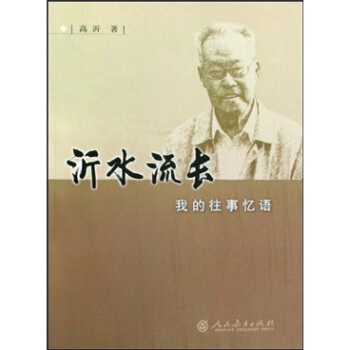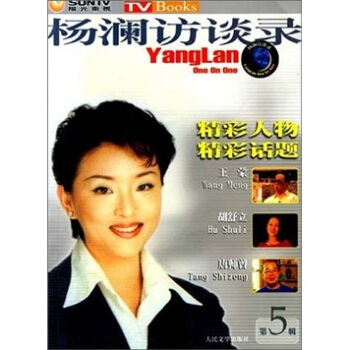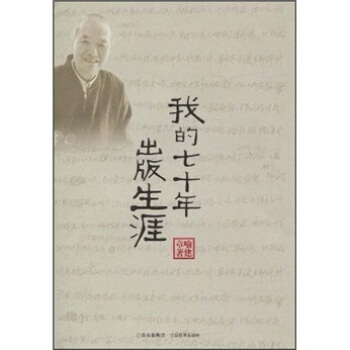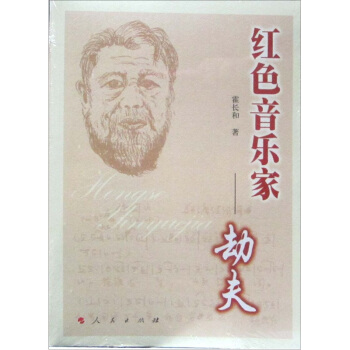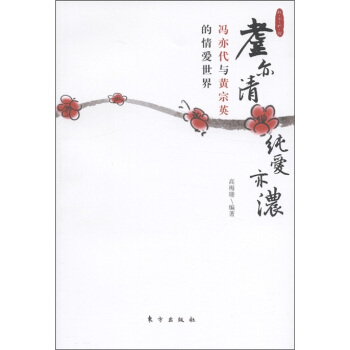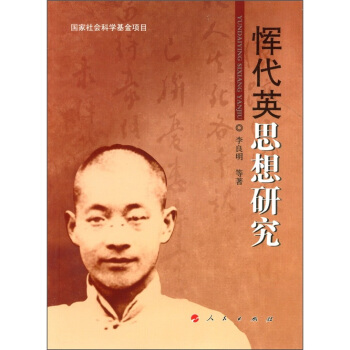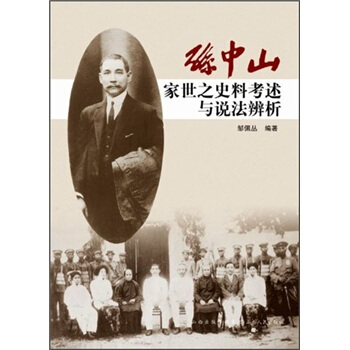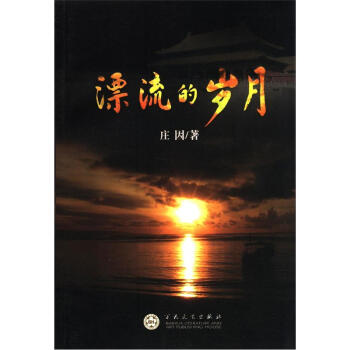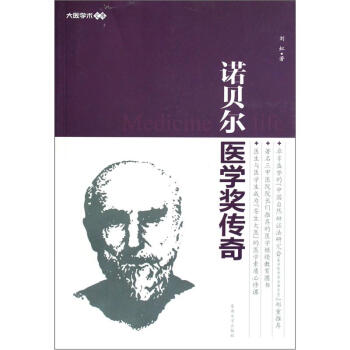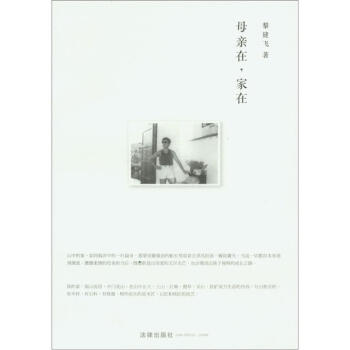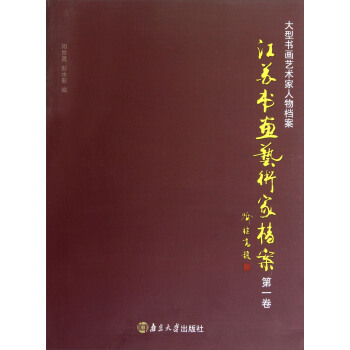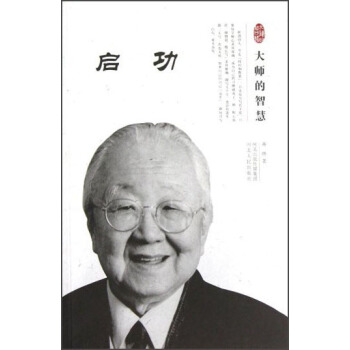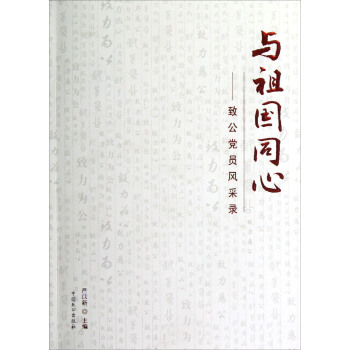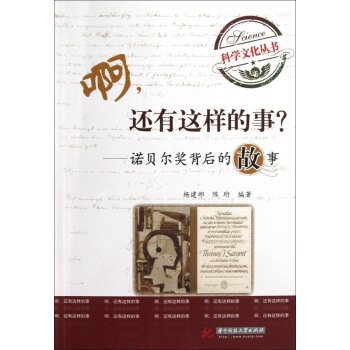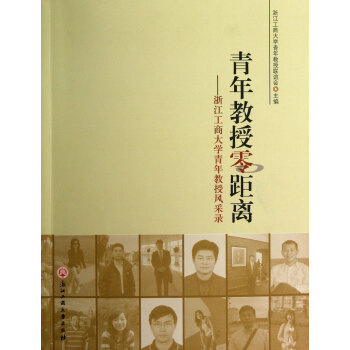

具体描述
内容简介
The form the book has taken is a hybrid of what Ge Sun proposed, his guidance and help,in relation to what I could accomplish in practical terms of a short schedule and the ability toformat and organize the sections of this publication during the fall of 2005. Special thanksmust go to Professor Ge Sun for his continued help with many aspects of the organization andpublication of this book and to Terry Lott who helped with many of the practical details ofputting it all together. Thanks would be extended to Mr. Jingyi Weng, the Director of theShanghai Scientific and Technological Education Publishing House, and Prof. Yulin Bian, theExecutive Editor, and Mr. Shiliang Tang, the designer, of the book, for their kind help in edi-tion and publishing work for this book.内页插图
目录
IntroductionPreface
A young boy learns about nature
Growing up
A student looking for focus
Learning to be professional
A young professional
A young professor
The move to Florida
Graduate students, postdoctoral research assistants, technical
assistants and collection managers
Tools and questions
Ph.D., Masters degree, students, postdoctoral research assistants,
collection managers, and research assistants
Selected publications
Section I
Early Cretaceous
Cenozoic
Section II Hypothesis
Section III Micropaleontology
Section IV Paleoclimate
Section V Paleozoic
The Complete list of publications for David L. Dilcher (1961-2005)
Books
Papers Published in Reviewed Journals
In preparation
Submitted
Published
Presentations/Abstracts
精彩书摘
I grew seeds of this plant and wecleared the leaves,even the seedling leaves and alsobegan reconstructions of the fossils and diagrams ofthe living Platanus so common in Indiana.Then Istarted to grow seeds of some of the different speciesof Platanus.Julie completed a masters degree andthen transferred out of the lab.Chuck Daghlian was an undergraduate at IndianaUniversity and he took my Introductory Botany class.I invited him to work as an hourly worker in my labon fossil leaves from the middle Eocene.I had beenencouraged to publish some major work on these fos-sils rather than just one small paper on individualtaxa as I had been doing.So I began a major projecton the monocots of the middle Eocene.We had alarge Philodendron-like leaf and also I hired Frank Potter to work for several months on thepalm fossil material.I prepared lots of living material for cuticle which involved one trip toFairchild Tropical Gardens in Miami, to cut 25 pounds of costa palmate leaves from the palmsthey had growing.Herbarium specimens of palm leaves just did not give me enough charac-ters to work with. I knew we had Sabal palms of some sort and then there were others not yetidentified. Chuck Daghlian went to graduate school in Texas to work with Ted Delevoryas andcalled me one day and asked to take over the palm project for his Ph.D. dissertation.I hadabout 1 1/2 years invested in the project, but he had found palms in Texas and needed to com-bine these with the ones from Tennessee and needed the modern reference work I had done.So I gave him all my palm research materials.Now I see there are still some loose ends thatcould be done and hope some day to get back to this as palms are great plants and their evo-lution and distribution are very interesting.
前言/序言
用户评价
我是在一个偶然的机会下翻开《好奇的一生:迪尔切传略》的,原本只是抱着消遣的心态,却不曾想被书中跌宕起伏的情节和主人公迪尔切复杂的人生轨迹深深吸引。这本书最让我感到震撼的,是迪尔切在关键时刻所展现出的非凡勇气和决断力。书中对于他在面临人生重大选择时,内心的挣扎、外部的压力,以及最终做出艰难决定时的描写,都刻画得入木三分。我仿佛能够感受到他肩上沉重的责任,以及为了信念而必须付出的巨大代价。这些情节并非简单的故事叙述,而是对人性深处复杂情感的细腻剖析。他不是一个完美无瑕的神话人物,他也有过迷茫,有过失落,有过痛苦的挣扎,但正是这些真实的情感流露,让他的形象更加鲜活,更加 relatable。尤其是在他遭受重大挫折,几乎跌入谷底的时期,他所表现出的坚韧不拔,以及重新站起来的毅力,是这本书中最具感染力的部分之一。它让我相信,即使在最黑暗的时刻,希望也从未真正熄灭,只要我们拥有足够的勇气和坚持。
评分《好奇的一生:迪尔切传略》这本书,让我沉浸在一个截然不同的世界里,那个世界充满了挑战、智慧与对人类命运的深切关怀。我特别被书中对迪尔切晚年思想转变的描绘所吸引。在经历了早年的辉煌与坎坷之后,他将更多的精力投入到了对社会问题和哲学思考的深度挖掘之中。他不再仅仅满足于探索物质世界的奥秘,而是将目光投向了人类社会的结构、伦理道德的边界,以及个体在宏大历史进程中的位置。书中的一些章节,详细阐述了他对教育、公平和自由的独到见解,这些观点即使在今天看来,依然具有振聋发聩的力量。我能感受到,他用一生的经验和智慧,试图为人类找到一条更光明的道路。他的思考是深刻的,他的忧虑是真挚的,他的希望是普世的。读到这里,我仿佛看到一位智者,在人生的暮年,将自己毕生的经验和洞察,凝聚成文字,留给后人。这种传道授业解惑的情怀,超越了个人传记的范畴,更像是一份沉甸甸的思想遗产,值得我们反复品味和借鉴。
评分《好奇的一生:迪尔切传略》这本书,与其说是一本人物传记,不如说是一部关于如何与世界互动,如何活出生命意义的百科全书。我对书中关于迪尔切如何与不同文化背景的人们建立联系的部分尤为着迷。他并非局限于自己熟悉的领域,而是以一种开放包容的态度,去理解和学习那些与自己截然不同的文化和思想。书中描述了他如何跨越语言的障碍,如何尊重和欣赏异域的习俗,以及如何在交流中找到共同点,并最终建立起深厚的友谊。这种跨文化交流的能力,在当今全球化日益加深的时代,显得尤为重要。迪尔切用他的亲身经历告诉我们,真正的智慧并非固步自封,而是在于拥抱多样性,在于从不同的视角去理解世界。他的人生态度,是一种积极的、充满探索欲的姿态,他的人生哲学,是建立在理解、尊重和连接的基础之上。这本书不仅讲述了一个人的故事,更传递了一种连接世界、拥抱未来的生活哲学。
评分读完《好奇的一生:迪尔切传略》,我最大的感受是,人生如同一场漫长而精彩的旅程,而迪尔切,无疑是这场旅程中最执着、最富有智慧的行者。书中关于他晚年对“传承”的思考,给了我深刻的启发。在他生命的后期,他没有选择安逸地享受成果,而是将更多的精力投入到如何将自己的知识、经验和价值观传递给下一代。他创办的机构、他撰写的著作、他指导的门生,这些都是他留给世界的宝贵财富。书中的文字,细腻地展现了他对教育的重视,对人才的培养,以及他对未来发展的深切期盼。他深知,个人的力量终究有限,而集体的智慧和持续的传承,才能真正推动社会的进步。他的人生,并非仅仅是为了满足自己的好奇心,更是为了点燃更多人心中的好奇之火,引领他们走向更广阔的未知。这种对生命价值的深刻理解和实践,让我对“人生”二字有了更深层次的感悟。
评分这本《好奇的一生:迪尔切传略》读完后,心中涌起一股复杂的情感,既有对传主非凡经历的敬佩,也有对其人生轨迹中某些片段的唏嘘。迪尔切,这个名字本身就带着一种古老而神秘的色彩,他的生平,正如书中所描绘的那样,是一部跌宕起伏的史诗。我尤其对其中关于他青年时期探索未知领域的那部分印象深刻。在那段时期,他克服了常人难以想象的困难,深入了那些鲜有人迹的地区,用他那颗永不熄灭的好奇心,去丈量世界的边界。书中的文字仿佛带着一种魔力,让我身临其境,感受到了他当时面对的险峻地形、奇异风光以及那些充满未知与挑战的遭遇。他对知识的渴求,对真理的追寻,那种不畏艰难、勇往直前的精神,无疑是这本书最核心也最打动我的部分。即使在最艰难的时刻,他也没有放弃对科学的探索,对自然的观察,对人类文明的思考。这种精神力量,即使在现代社会,也依然具有强大的感染力,它提醒着我们,生命的可贵在于不断地发现和成长,在于永不停歇的求索。
相关图书
本站所有内容均为互联网搜索引擎提供的公开搜索信息,本站不存储任何数据与内容,任何内容与数据均与本站无关,如有需要请联系相关搜索引擎包括但不限于百度,google,bing,sogou 等
© 2025 book.coffeedeals.club All Rights Reserved. 静流书站 版权所有


